A group of artists from southwest China's Yunnan recently produced a set of paper cuttings depicting stories behind a herd of 15 wild Asian elephants.
They left the Xishuangbanna National Nature Reserve in Yunnan province and started marching northward in mid-March,2020, and recently they been roaming around in the region in a reapproach into their traditional habitat safely. The migrating elephants has not only touched the hearts of domestic audiences, but has also attracted a great deal of international attention.
The delicate paper cutting was vividly exhibit the beautiful land of Yunnan and the locals’ efforts to protect Asian elephants.
Now follow us to have a look with all these paper-cutting.
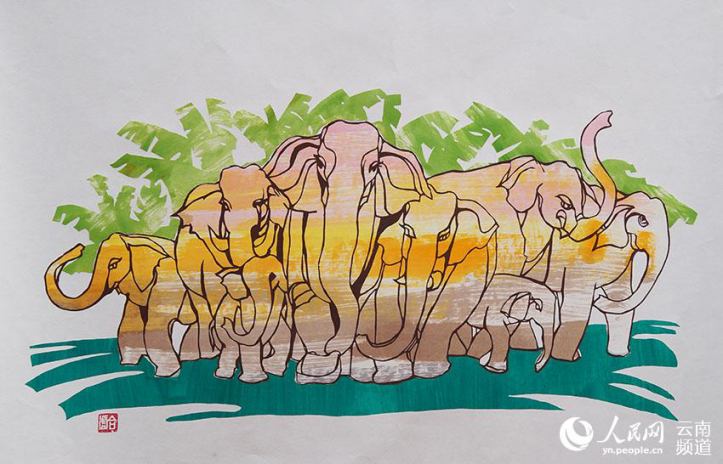
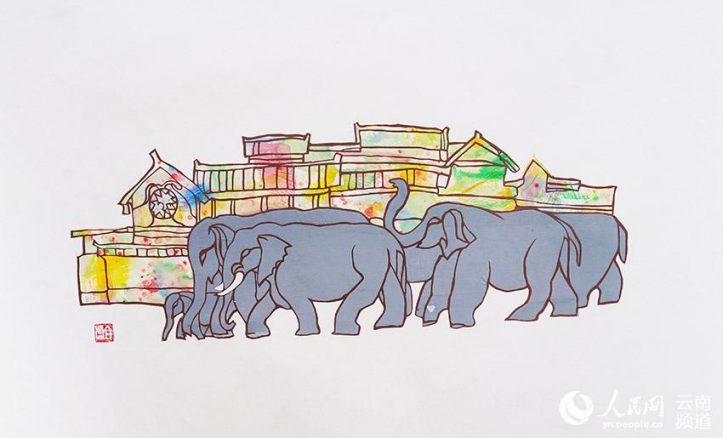
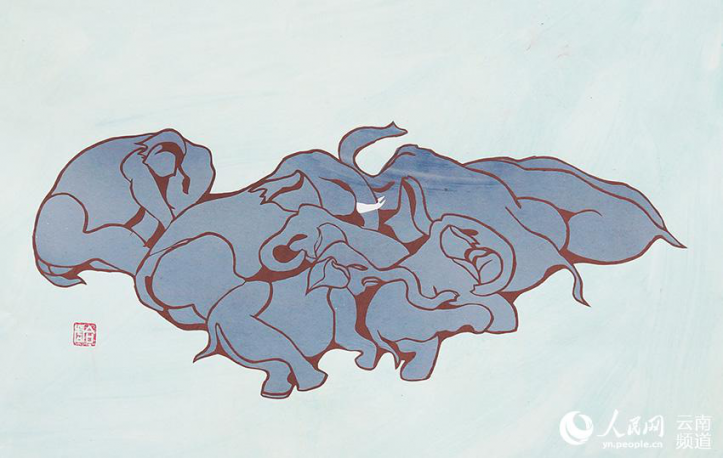
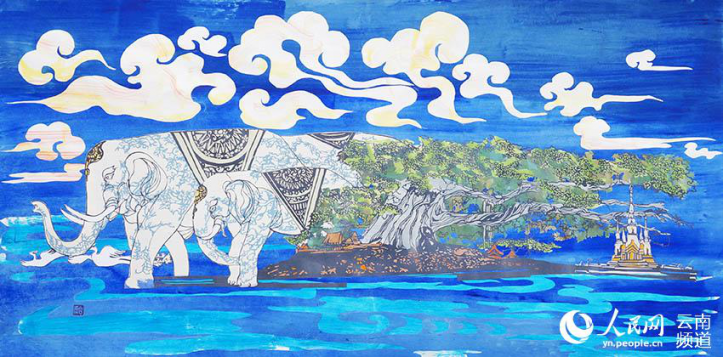
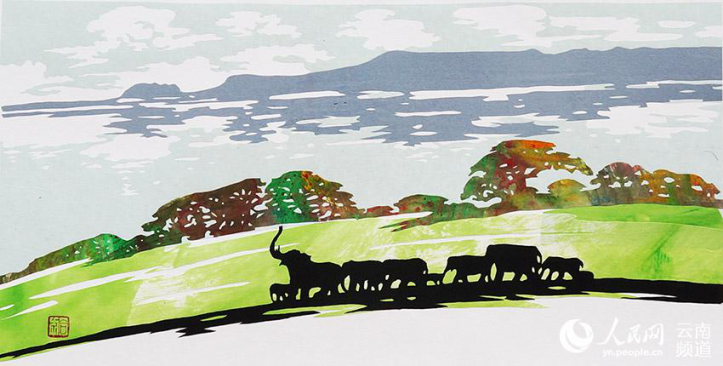
In the hands of these artists, the migrating elephants have finally seen the sleeping beauty in Dianchi Lake, and Congratulations on the upcoming 15th meeting of the Conference of the Parties to the Convention on Biological Diversity in Kunming.
Notes:
The paper cutting
The art of paper cutting (jiǎnzhǐ 剪纸) in China may date back to the second century CE, since paper was invented by Cai Lun in the Eastern Han Dynasty in China. Later their popularity grew in the Tang dynasty(618-906) when the Chinese began to post”spring scrolls’ on their door for the Chinese new year. With the passing of time, many various uses of paper cuttings were later discovered. The most popular use of paper cuttings were as “windows flowers”.Red paper cutouts were pasted on the windows,as well as walls and ceilings to give a look of color and lightness. In those days these cutouts came in a wide variety of subject matter such as flowers, dragons, gods amd fierce animals. All were symbolic of good fortune and were therefore usually on red paper.
Today, as in the ancient times, paper cuttings is a highly technical art from requiring creativity ,skill and experience. No matter how simple or complex, every design must be formed as an unbroken, continuous piece. With careful study you will notice the clever links the Chinese have developed to connect integral parts of the picture without spoiling the picture.
Generally, there are two common methods for paper cuttings,scissors and knives.The system used by Chinese paper cutters with scissors is used nowhere else. A continuous line is formed in and around the paper. Interior features are reached by incising a snip and then cutting waay a circle into whatever shape is desired. This method is best for making one or two pieces at a time.

